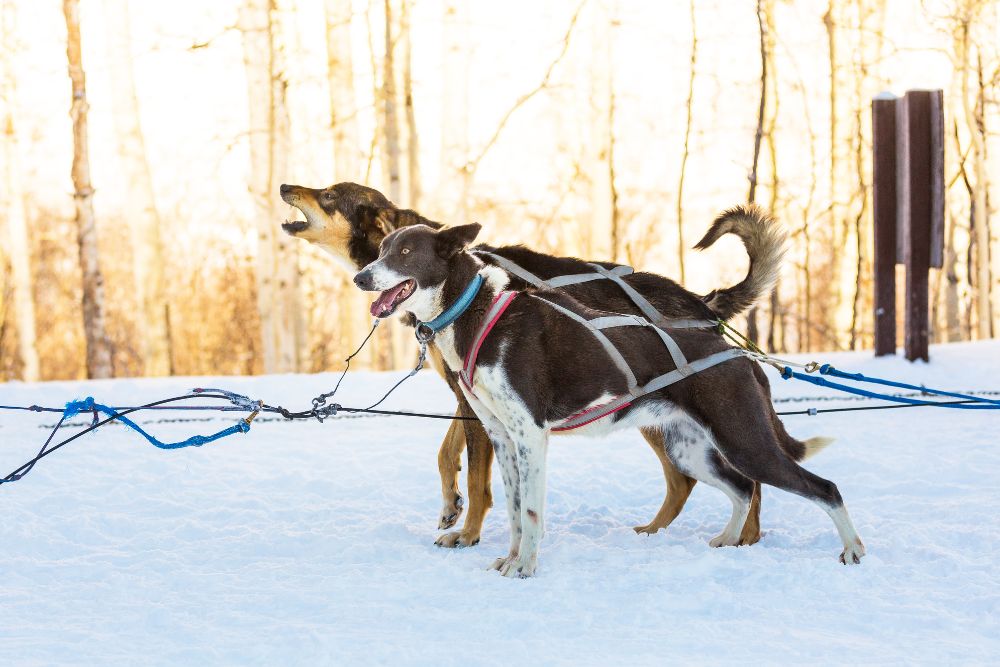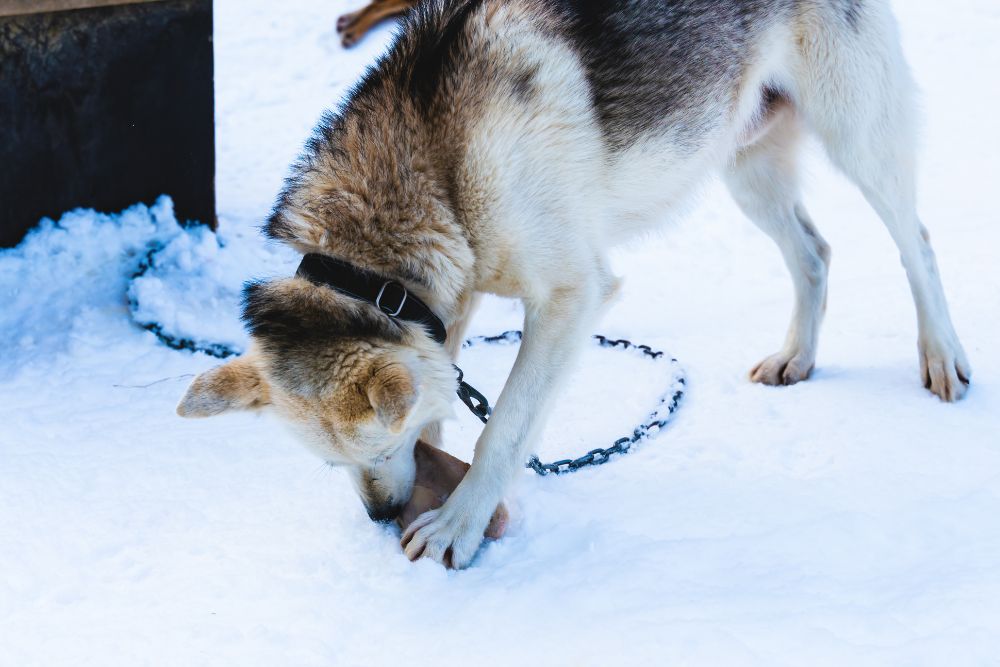Alaskan Huskies and Their Relationship with Other Animals
In this comprehensive article, we delve into the fascinating world of Alaskan Huskies and explore their unique relationships with other animals. The Alaskan Husky, a breed known for its endurance, intelligence, and friendly demeanor, has a storied history in the world of sled dog racing and as loyal companions to humans. However, their interactions with other creatures have often been overlooked. Here, we shed light on how these majestic dogs coexist and interact with various animals, from fellow canines to other wildlife.

Alaskan Huskies and Their Canine Companions
1. Canine Social Hierarchies
As highly social animals, Alaskan Huskies naturally form intricate hierarchies within their packs. Understanding these hierarchies can provide valuable insights into their relationships with other canines. Huskies establish clear pecking orders, with an alpha leader at the top. They display exceptional communication skills through body language, vocalizations, and scent marking. When encountering unfamiliar dogs, they often engage in a series of behaviors that communicate their social status and intentions.
2. Interactions with Other Sled Dog Breeds
Alaskan Huskies are frequently seen working alongside other sled dog breeds in mushing teams. Their teamwork and cooperation are essential in this context. During training and races, Huskies forge strong bonds with their fellow teammates, displaying remarkable coordination and camaraderie. Their ability to work harmoniously with other breeds showcases their adaptable and amiable nature.


Alaskan Huskies and Wildlife
1. Encounters with Wild Canids
In regions where Alaskan Huskies roam freely, they may occasionally encounter wild canids such as wolves and foxes. While some perceive this as a potential conflict, these interactions are typically non-confrontational. Huskies, as domesticated dogs, often avoid direct confrontations with wild animals and tend to keep a respectful distance.
2. Alaskan Huskies and Bears
Alaskan Huskies, due to their home in regions with bear populations, may cross paths with these massive predators. Contrary to popular belief, Huskies generally exhibit caution and do not actively seek confrontations with bears. Their keen sense of smell and hearing allows them to detect the presence of bears from afar, enabling them to avoid potential conflicts.
3. Huskies and Small Wildlife
Huskies possess an innate prey drive, which means they may display an interest in smaller wildlife such as rabbits or squirrels. However, this behavior is largely a vestige of their working heritage as sled dogs. As companions to humans, they are trained and socialized to minimize their prey drive and maintain harmonious relationships with smaller animals.
Alaskan Huskies and Domestic Pets
1. Huskies and Cats
The relationship between Huskies and cats often depends on early socialization and individual temperament. When raised together from a young age, Alaskan Huskies can form close bonds with cats and other household pets. However, it’s essential to exercise caution and supervision during the introduction process to ensure a positive and safe coexistence.
2. Huskies and Other Dogs
Alaskan Huskies generally get along well with other dogs, especially when introduced properly and given the opportunity to socialize. As pack animals, they thrive in the company of other canines and often enjoy engaging in playful activities with their doggy friends.

Alaskan Huskies and Their Relationship with Other Animals
Alaskan Huskies have proven themselves to be versatile and amiable creatures, with the ability to form meaningful relationships with various animals. Whether working together with other sled dog breeds or coexisting with wildlife and domestic pets, Huskies exhibit their adaptive and sociable nature.
As we marvel at the wonders of these remarkable dogs, it’s crucial to remember that understanding and appreciating their unique relationships with other animals contribute to a deeper appreciation of their role in the ecosystem.